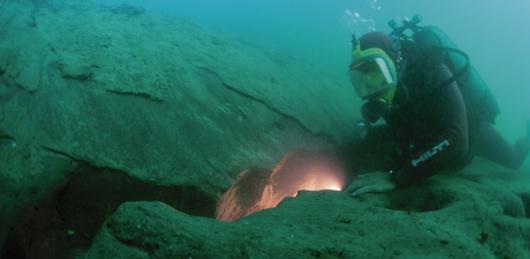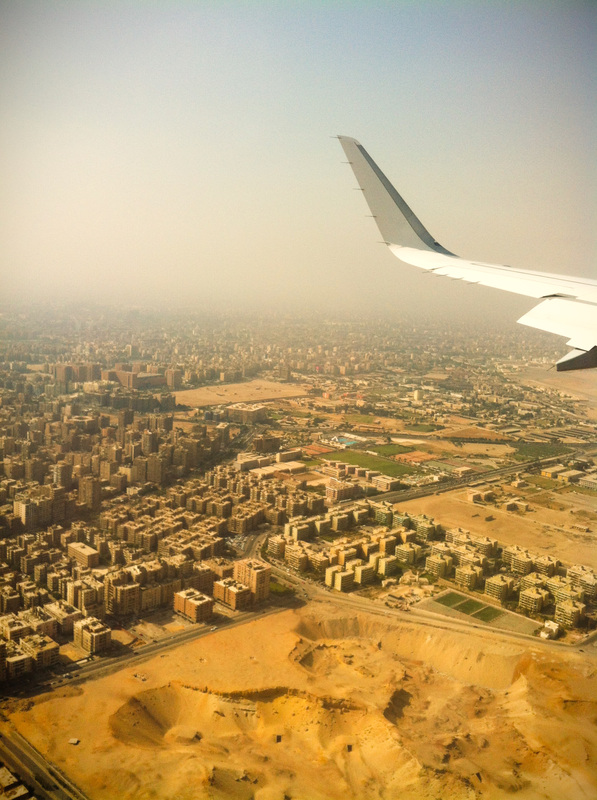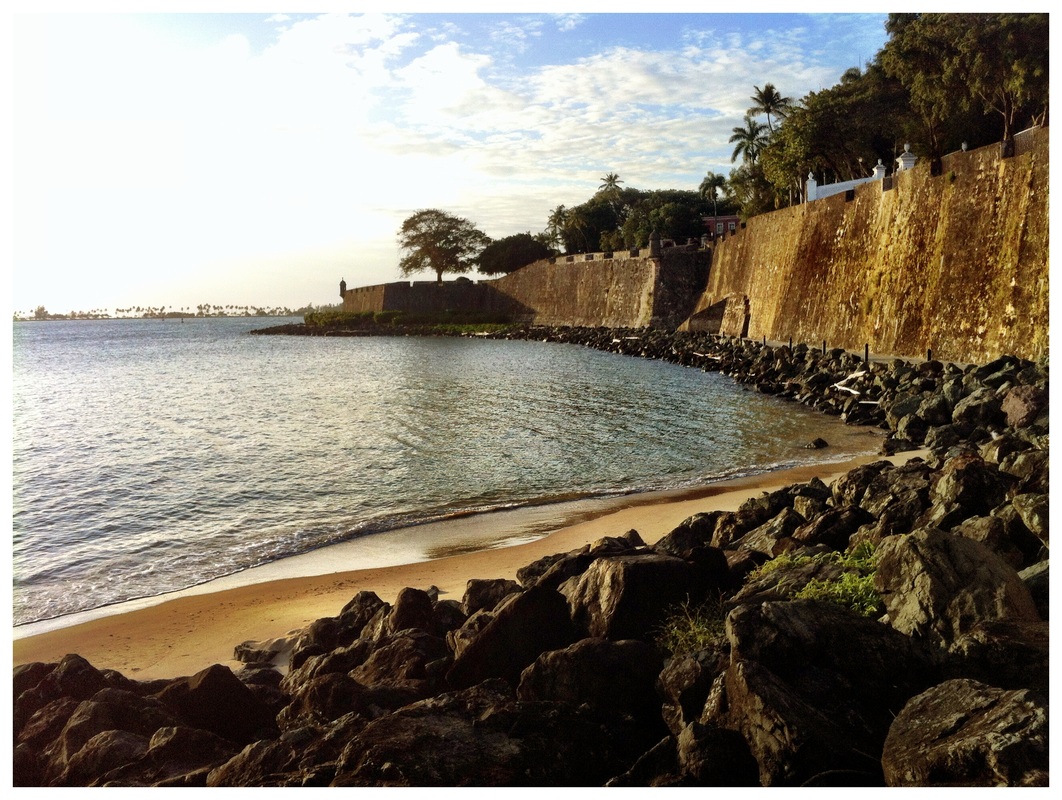Several brave readers have sent me some questions about the excavations being performed here by the IEASM ( INSTITUT EUROPÉEN D'ARCHÉOLOGIE SOUS-MARINE)
Reader Zac pinged me with the following: "As a geophysicist, I am interested in the processes that lead to the city sinking in the first place and the conditions that have allowed such amazing preservation."
If I was answering that for kids or non-geophysicists, I would say " An Earthquake probably caused soil liquification , especially under monuments and buildings, and was followed by a tsunami which knocked the whole lot into canals where they were covered by Nile flooding and then coastal subsidence submerged the whole are under the sea over the next odd thousand years.
But for the real story Zac, you'll want to start here on the IEASM website with the following by Franck Goddio and David Fabre:
"Research shows that the sites were struck at different times by cataclysmic geological events. They also confirm the slow land subsidence that affected this part of the south-eastern Mediterranean basin. Geological observation revealed these through the discovery of seismic after-effects in the seafloor substrate. Geological analysis also showed in some places, principally in the Bay of Aboukir, the signs of soil liquefaction. These local events can be triggered by the action of a high pressure on land of a clayey nature. The weight exerted by monuments, combined with the extra weight of an exceptional flood or a tsunami, creates compression, which then causes the expulsion of the water contained in the structure of clays. These latter suddenly lose their volume which creates sudden subsidence. An earthquake can also induce the same phenomenon. These events, occurring independently or concurrently, could cause major destruction, and explain the disappearance under the waters of a large portion of the Canopic region and the Portus Magnus of Alexandria. Regular collapse and sea level rise- recognized since antiquity- have obviously contributed significantly to the flooding in this area".
Here is a photo of a fissure in the clay under the site.
Nature 412, 293-294 (19 July 2001) | doi:10.1038/35085628
- ARTICLE LINKS
- ARTICLE TOOLS
Nile flooding sank two ancient cities
Topof pageAbstractSediment failure caused these riverbank sites to drown over 1,200 years ago.
Concerned about your own city sinking? The closest thing I have to an advice column is siummed up in thes article, 8 Things to do Before Your City Sinks



 RSS Feed
RSS Feed

















